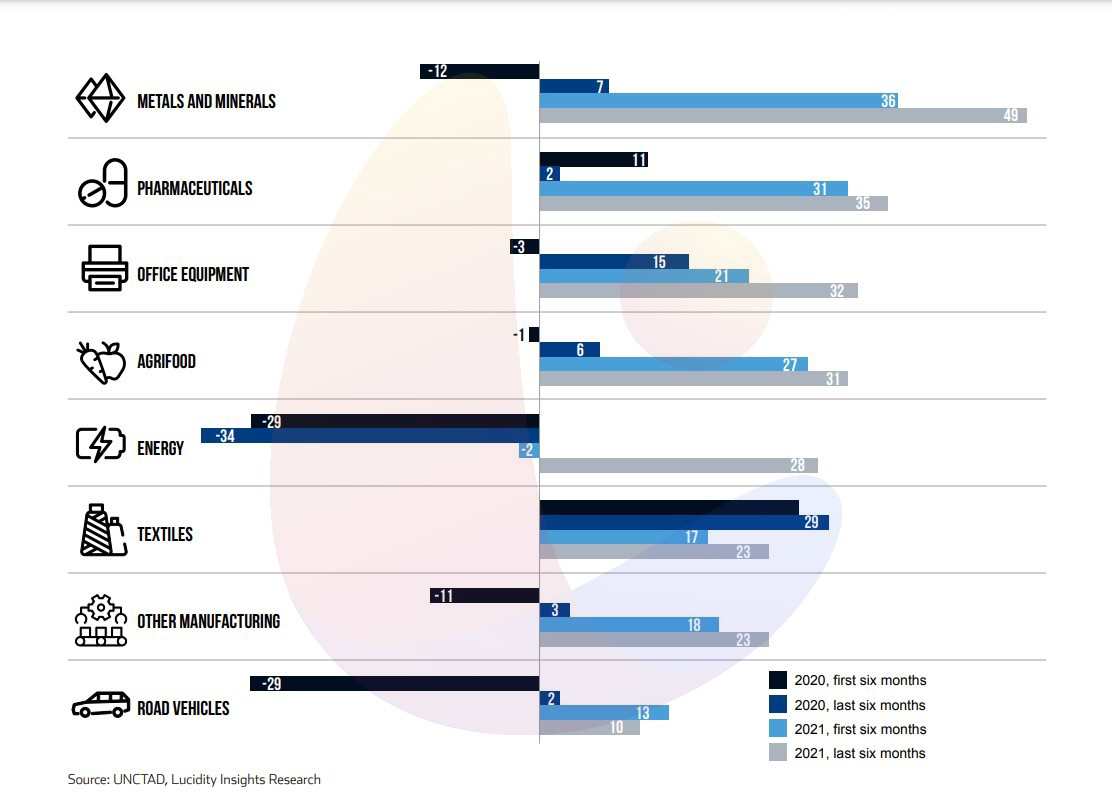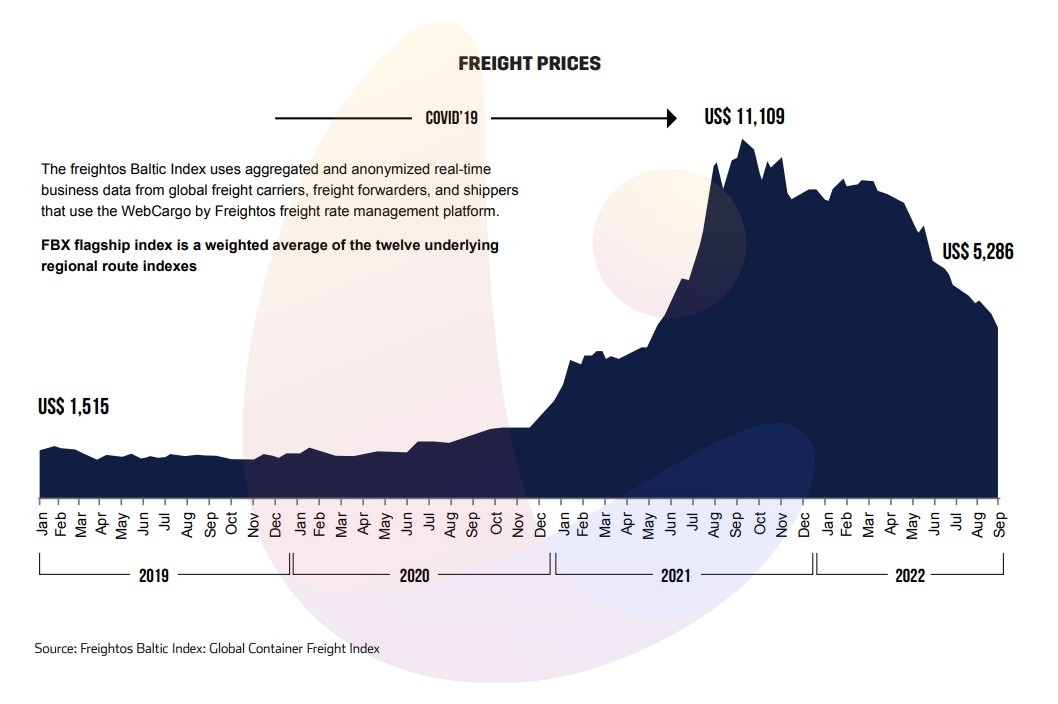Trade & Logistics Role in Today's Global Economic Woes
18 December 2022•
These days, most of us expect goods to arrive at our doorstep with a click of a button, without much thought of where these products come from and the journey these products have taken to get to us. Many of these goods have travelled half-way across the world, and likely onboard a large shipping vessel, nestled in a box within a metal shipping container Most of the world’s largest ports have moved away from cities and out of view of consumers, to more remote locations.
Like many of the world’s critical operations today, from farming, food production, or energy generation; trade and logistics is also a largely dormant sector. That is, until something happens to bring it to our attention. Though traditionally, trade is mostly affected by politics – such as countries deciding to wage a trade-war, and governments touting protectionist trade policies, major world events have also significantly affected trade in significant ways.
Major disruptions including the Covid19 pandemic and the ongoing Russia-Ukraine war has dramatically affected global trade, logistics, food distribution and energy prices. These disruptions prove that supply chains aren’t as robust as they should be and as supply shortages increase, so too does inflation. Food prices pushed to an all-time high having an impact on people in low and middle-income countries. Between May and August 2022, high inflation was prevalent across the globe with inflation amounts of 5% and above, in 93.3% of low income countries, 90.9% of lower-middleincome countries, and in 93.0% of upper-middle-income countries.

Global supply chains have dramatically reduced since the pandemic. China is one of the most powerful examples because of their significant role in global trade and strict measures placed throughout the pandemic. China is the world’s largest exporting economy, and the 2nd largest importing economy; 8 out of the world’s top 20 ports are in China - it is certainly a global trade powerhouse. Many industries and manufacturers around the world rely heavily on China, either to manufacture goods or importing critical parts for products.
On a positive note, several ports in China rely on autonomous vehicles and robots to off load ships. Then goods are loaded into trucks that do require human drivers to transport the goods across the country. At the height of the pandemic, a typical 1-day trucking journey increased by as much as 5 days to allow for the mandated Covid’19 testing to take place. This delay impacted trade around the globe.
The pandemic led to a steep increase in the price of freight containers in China, Europe and the US. Prior to Covid’19, a typical 40-foot freight container would have cost approximately $1,500. By mid-2021, prices skyrocketed to over $11,000 per container. The world has yet to recover, as averages prices for a container in September 2022 continued to decrease, but is still at $5,286, or 3.5x the average price for the decade pre-covid. These price hikes trickle down to consumers which reflects the inflation around the world.


%2Fuploads%2Finnovations-international-trade%2FInnovation-International-Trade-cover.jpg&w=3840&q=75)